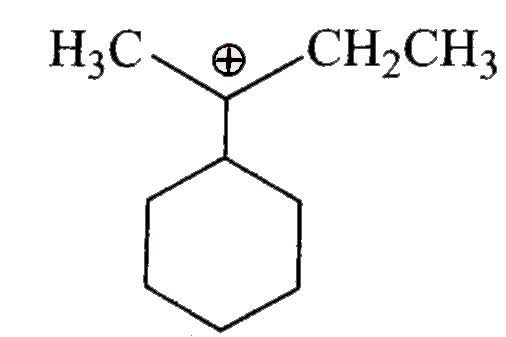A root of the equation on L.H.S. satisfies the relation in R.H.S. Match the entries on L.H.S. and R.H.S.

The correct Answer is:a→p,q;b→p,q,r;c→r,s;d→p,q
Topper's Solved these Questions
- TRIGONOMETRICAL EQUATIONS Book:ML KHANNAChapter:TRIGONOMETRICAL EQUATIONS Exercise:SELF ASSESSMENT TEST
Explore 27 Videos
- TRIGONOMETRICAL EQUATIONS Book:ML KHANNAChapter:TRIGONOMETRICAL EQUATIONS Exercise:PROBLEM SET (3) (FILL IN THE BLANKS )
Explore 2 Videos
- THEORY OF QUADRATIC EQUATIONS Book:ML KHANNAChapter:THEORY OF QUADRATIC EQUATIONS Exercise:Self Assessment Test
Explore 27 Videos
- TRIGONOMETRY RATIOS AND IDENTITIESBook:ML KHANNAChapter:TRIGONOMETRY RATIOS AND IDENTITIESExercise:MISCELLANEOUS EXERCISE (FILL IN THE BLANKS)
Explore 6 Videos
Similar Questions
Solution: a value of the variable which when substituted for the variable in on equation makesL.H.S.=R.H.S.is said to satisfy the equation and is called a solution or a root of the equation .
View SolutionAssertion : 2x+3=8=2x+3−3=8−3
⇒2x=5⇒x=52
Reason : If we add/ subtract a number to L.H.S. of an equation then, we should add/ subtract the same number to R.H.S. to balance an equation.
View Solution
Knowledge Check
Assertion : The time period of a pendulum is given by the formula, T=2π√g/l .
Reason : According to the principle of homogeneity of dimensions, only that formula is correct in which the dimensions of L.H.S. is equal to dimensions of R.H.S.AIf both assertion and reason are true and the reason is the correct explanation of the assertion.BIf both assertion and reason are true but reason is not the correct explanation of the assertion.CIf assertion is true but reason is false.DIf assertion is false but reason is true.Consider the reaction :
Cl2(aq)+H2S(aq)→S(s)+2H+(aq)+2Cl−(aq)
the rate equation for this reaction is rate=k[Cl2][H2S]
Which of these mechanism is/ are consistent with this rate equation?
A. Cl2+H2S→H++Cl−+HS− (Slow)
Cl++HS−→H++Cl−+S (fast)
B. H2S↔H++HS− (fast equilibirium)
Cl2+HS−→2Cl−+H++S (Slow)AB onlyBBoth A and BCneither A nor BDA onlyWhat is the H-S-H bond angle in H2S ?
A104.5°B92.1∘C91 °D90°
Write the L.H.S and the R.H.S of each of the following equations: x−3=5 (ii) 3x=15−2x
View SolutionWrite the L.H.S and the R.H.S of each of the following equations: 3x=21 (ii) 3x−4y=9+x
View SolutionThe total number of contributing structures showing hyperconjugation (involving C−H bonds) for the following carbocation is

View SolutionWrite the L.H.S and the R.H.S of each of the following equations:
(i)x−3=5
(ii) 3x=15−2x
View SolutionConsider the reaction,
Cl2(aq)+H2S(aq)→S(s)+2H+(aq)+2Cl−(aq)
The rate equation for this reaction is,
Rate =k[Cl2][H2S]
Which of these mechanisms is/are consistent with this rate equation ?
(I) Cl2+H2S→H++Cl−+Cl++HS− (slow)
Cl++HS−→H++Cl−+S (fast)
(II) H2S⇔H++HS− (fast equilibrium)
Cl++HS−→2Cl−+H++S (slow)
View Solution
